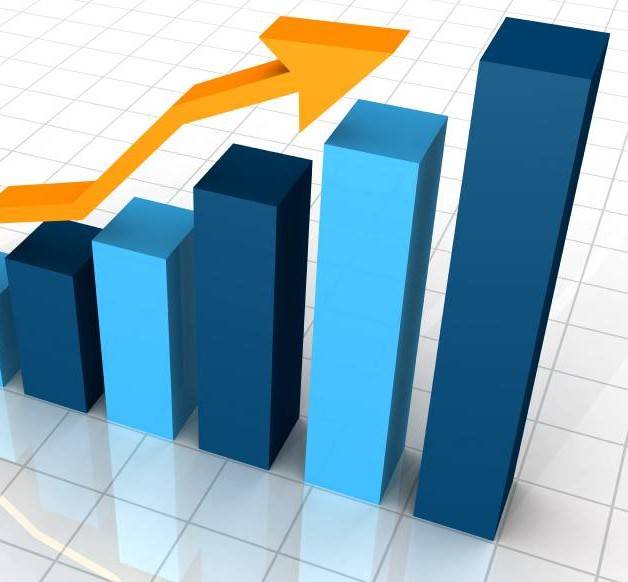What was trade and commerce contribution to GDP this fiscal year?
Shares

ISLAMABAD: (APP) The trade and commerce contributed about 17 per cent towards the GDP during outgoing financial year, official sources said.
The sources said that it also added to the national economy by facilitating trade, improving export competitiveness and persistently trying to reduce the cost of doing business so as to achieve higher market share for the Pakistani products in the global markets.
In order to further increase its contribution towards the economic growth, there was a need to increase export competitiveness and improve domestic value chains, the sources said.
Sustainable increase in the economic growth requires a continuous expansion in the country's export base.
The commerce and industry are both interdependent sectors; hence revival of the industry would have impact on the commerce sector as well.
By investing in technology, Pakistan will shift from producing low value-added products to high-value products.
The Engineering Development Board, PTA, PCSIR and other research and technology institutions would play key role in the indigenisation of technologies.
During July-April (2015-16), exports decreased to $17 billion from $19 billion, registering a decrease of about $2 billion.
The reason for this can be attributed to the international prices of commodities, increase in cost of production due to rise in energy prices and other input costs.
During this year, the Ministry of Commerce was allocated Rs875 million for developing the sector.
The major projects implemented in 2015-16 were: purchase of equipment, furnishing, curriculum development and training of Pakistan Institute of Fashion Design Lahore (Rs755million), and Restructuring of Pakistan Institute of Trade and Development (Rs508 million).
Upon completion, these projects would contribute to creating trained and qualified manpower in the fields of fashion and design, textile, furniture, gems and jewellery and footwear to strengthen the export-base by providing new products in the world market.
In addition, the restructured Pakistan Institute of Trade and Development will serve as a centre of excellence for training and research in the international trade and commerce.
In view of the importance of improving the country's investment climate and to actualize the target of the Vision 2025 of ranking Pakistan in the top 50 countries on the World Bank's Ease of doing business ranking, the government was implementing an action plan for improving Pakistan's business environment.
The Doing Business Secretariat at the Finance Division was coordinating with all the stakeholders for development of their respective Doing Business Reform Plans.
The strategy for improving the commerce sector includes development of lucrative and accessible markets and better competitiveness of products.
The tariff and non-tariff trade barriers are the main hurdles in expansion of trade.
Efforts would be for reducing these hurdles through policy intervention.
Trade fairs and expos would be organized frequently to capture new markets. Regional trade would be strengthened.
The GSP Plus trade concessions have proved to be helpful in capturing the European Union markets to a certain extent.
However, the provision of the basic inputs, like electricity and gas, would be ensured for the timely delivery of orders.
The recently-launched Strategic Trade Policy Framework 2015-18 has given emphasis on the following targets for development of the commerce and trade sectors are increase in exports up to $35 billion by 2018, improve export competitiveness, shift from factor-driven economy to efficiency driven and innovation-driven economy and increasing share in the regional trade.
